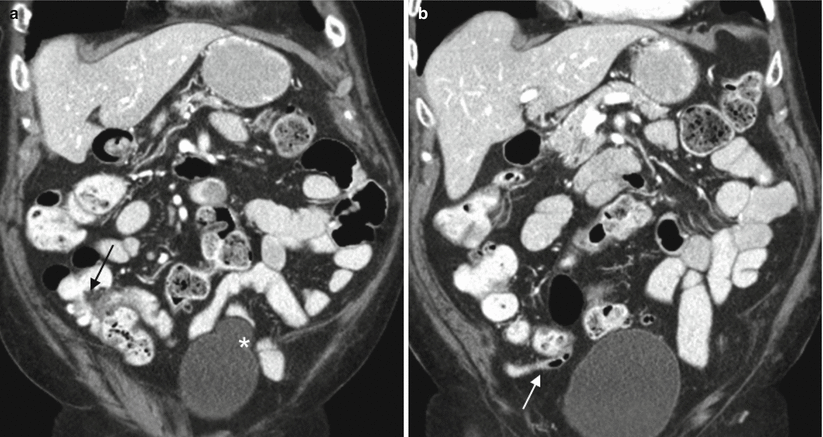Let Them Drive: A Radiology Rotation Experience

Unlike traditional medical school rotations, such as Internal Medicine or General Surgery, radiology rotations can be challenging for students because we offer little direct value to the residents and attendings we shadow. Sure, I can help catch typos in their reports, but for the most part, I’m just peering over their shoulders, watching them scroll through countless images—either asking questions about what we’re looking at or simply making conversation.
Our education is important, but having a student in the Radiology Department inevitably slows things down. When the list of unread studies keeps growing, it’s hard not to feel like a burden. This is at least part of the reason why I think many programs dismiss students after lunch—so the team can focus on their work.
That said, radiologists at academic programs tend to enjoy teaching, and thankfully, the culture at every program I rotated through was excellent. The residents and attendings understood our awkward position and took the time to explain cases, helping me pick up on the nuances of imaging and follow along with their search patterns.
Radiology rotations are often compared to watching someone else play video games. I recently spent an elective sitting with Sean, the R3 Chief Resident on the Body Service. He told me, “I remember being in your shoes, thinking, ‘Did I really choose the right specialty?’ because it’s just so boring to watch someone else read studies. But once I started reading them myself as a resident, I knew I’d made the right decision.”
A couple of hours into our shift, Sean suddenly pulled out his phone and stood up as if he were about to leave the reading room. Without taking his eyes off the screen, he said, “Okay. You’ve got two minutes to find the appendix.”
Woah. Did I hear that right?
My heart skipped a beat. After 12 weeks of radiology electives, no one had ever asked me to find anything myself. I’d been “pimped” on textbook knowledge before, but this was different. I was being asked to flex a muscle that was completely underdeveloped. I was nervous but also excited.
“I get to drive?!” I asked in disbelief.
“Yeah, man! Get to work,” Sean replied. “I’m going to the bathroom real quick.”
I jumped into his chair and started scrolling through the axial CT, trying to emulate the residents I’d watched over the past several weeks. I had picked up a few tricks, but I didn’t actually know how to perform the shortcuts on the PACS system.
“Sean, how do I zoom in?” I asked, feeling a little embarrassed as I heard the words come out of my mouth.
“Press down on the scroll wheel and move the mouse around,” he said, halfway out the door.
Alright, now we’re in business.
Sean was cool about it. He gave me a contrast-enhanced CT of the abdomen and pelvis, making the anatomy easier to distinguish. Most importantly, the patient still had their appendix.
I switched to the coronal slices to orient myself, then followed the colon to the cecum.
I found it!
Wait … that’s a vessel.
I kept scrolling frantically, searching for the damned thing.
Sean returned from the bathroom, eyes still on his phone.
I’m running out of time.
Finally, I spotted what looked like a blind pouch adjacent to the cecum. On a confidence scale of 1 to 10, I was at a soft 3. I placed an arrow on it.
“Did you find it?” he asked.
“Is it this?” I said hesitantly, returning to my original seat.
“Yeah! Nice work.”
Beginner’s Luck? Maybe.
I told Sean how much fun that was and how grateful I was that he got me involved. It was a refreshing change of pace.
Later in the day, he gave me another chance. This time, I couldn’t find the appendix—but it was still a fun and valuable learning experience.
Radiology rotations can sometimes be monotonous, but I’ve never questioned my desire to become a radiologist. This exercise only strengthened my resolve. The satisfaction I felt from identifying something as simple as normal anatomy was incredible. If I could feel this way over something so routine, I can’t imagine how rewarding it’ll be to catch pathology that changes a patient’s treatment course.
When I’m a radiology resident with a student sitting beside me, I’ll remember my time with Sean.
And I’ll let them drive.






Comments ()